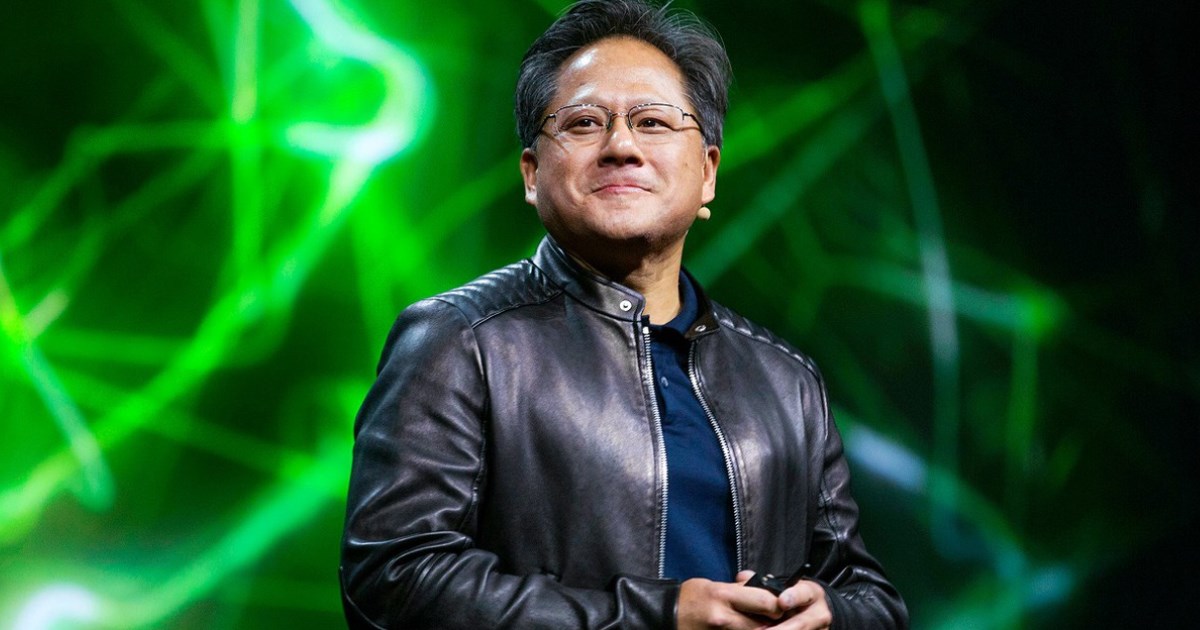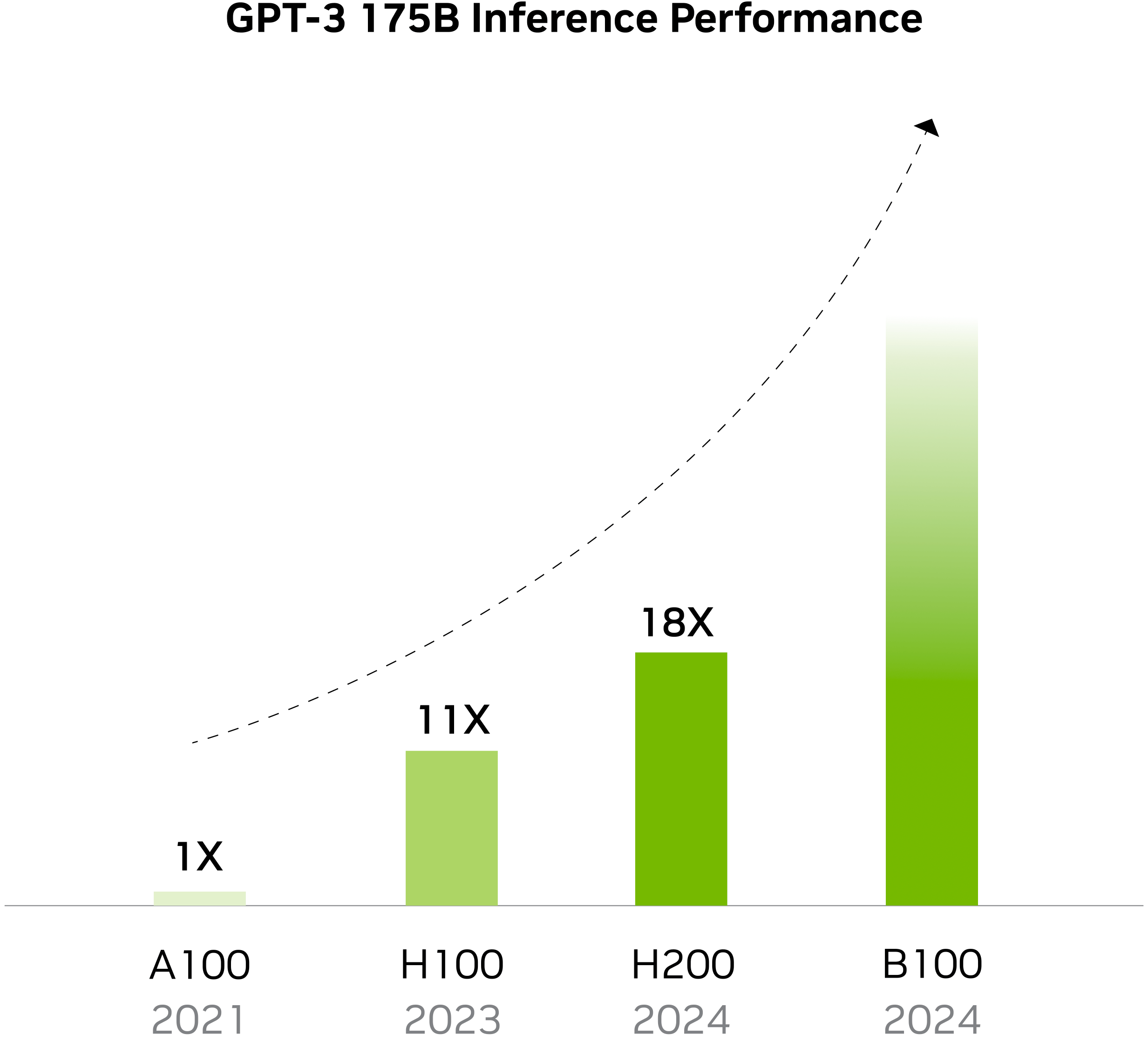"In 10 years, computers will be a million times faster." The head of NVIDIA believes that it is not worth investing trillions of dollars in the production of chips for AI.
According to the NVIDIA CEO, it's enough to simply develop the technology.

To date, NVIDIA is considered to be just about the biggest AI boom: Nvidia overtakes Amazon in terms of market value . However, NVIDIA CEO Jensen Huang believes that $7 trillion is not necessary for AI, citing the 1 million improvements in AI performance over the last ten years. He commented on the fact that OpenAI CEO Sam Altman is looking for investments totalling $5-7 trillion to create a network of factories just to produce AI chips. Huang believes that such an investment would be excessive, as the entire global semiconductor industry is valued at about $1 trillion per year. Huang argues that simply continuing to innovate in GPU architecture is enough to keep improving performance.
"If you just assume that computers will never get faster, you might conclude that we need 14 different planets, three different galaxies, and four more suns to fuel it all," Jensen Huang said at the World Government Summit.
The NVIDIA CEO suggests that the large number of chip factories could lead to an oversupply of chips themselves and, as a result, threaten an economic crisis that would affect the entire world.

If we look at the example of the development of chips from the same NVIDIA, we can see that when it comes to artificial intelligence and high-performance computing (HPC) performance, the performance results in recent years are significant. For example, the V100 GPU in 2018 had a performance of only 125 TFLOPS, while the modern H200 already reaches almost 2000 TFLOPS (FP16). At the same time, it's difficult to predict what the demand for AI chips will really be in the five to ten years ahead.
Source: Youtube